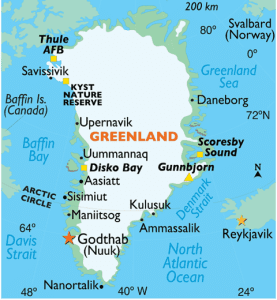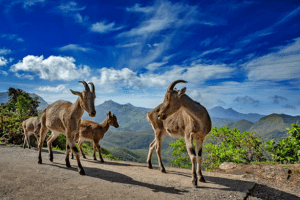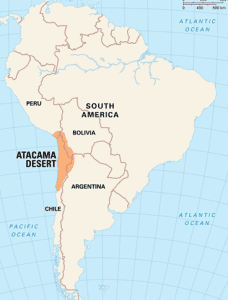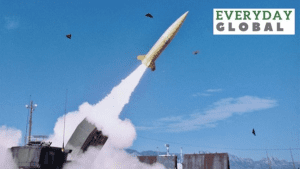EC’S MODEL CODE NEEDS REFORM – AND INDIA NEEDS MODEL LEADERSHIP
THE CONTEXT: The Model Code of Conduct (MCC) in India represents a significant effort to ensure fair and ethical conduct during elections. Initially established as a simple set of guidelines for the Kerala Assembly election in 1960, the MCC has evolved through consultations with political parties and amendments. It aims to regulate the behavior of political parties and candidates, preventing abuse of power and ensuring a level playing field. Despite its evolution, the MCC faces challenges in enforcement, with increasing instances of violations that exploit the gaps between the letter and spirit of the code.
ISSUES:
- Evolution and Expansion of the MCC: The MCC began as a modest set of guidelines for the Assembly election in Kerala in 1960 and has evolved over the years. It now includes comprehensive rules that govern the conduct of political parties and candidates during elections to ensure fair play.
- Challenges in Enforcement: Despite its comprehensive nature, the MCC’s enforcement faces challenges. Violations have become more common, with political leaders using their influence and resources to circumvent the rules. This has led to a need for stricter enforcement and clearer consequences for violations.
- Need for Stronger Penalties: The current MCC framework does not clearly spell out the consequences for violations, which dilutes its deterrent effect. A proposal to impose more severe penalties for violations, such as bans on campaigning and public appearances and even disqualification from the election process for repeated violations, is being considered.
- Vicarious Liability of Political Parties: A significant shift in approach is the introduction of vicarious liability, where political parties are held accountable for violations committed by their members. This includes serving notices to parties instead of just the individuals, which could lead to punitive actions against the parties.
- Streamlining the Violation Handling Process: There is a call for a more streamlined and efficient process for handling violations. This includes taking punitive action within 72 hours of a breach to maintain the impact and credibility of the enforcement process.
- Public Confidence and Transparency: Enhancing public confidence in the electoral process is crucial. This involves strict enforcement of the MCC and maintaining transparency about the actions taken against violations. Publicly displaying cases of breaches and their status on the EC website could help in building trust among the electorate.
THE WAY FORWARD:
- Strengthening Enforcement Mechanisms: Clearly define the punitive measures for violations of the MCC. This could include fines, temporary bans from campaigning, or even longer-term bans for repeated offenses. Establish a protocol for the Election Commission (EC) to take immediate action within a set timeframe (e.g., 72 hours) to address violations. This would help maintain the integrity of the electoral process and enhance public confidence in the EC’s responsiveness.
- Enhancing Transparency and Accountability: Maintain a public database of all reported MCC violations and their resolution status. This transparency would help hold political parties and candidates accountable and educate the public and media on ongoing issues. The EC should provide regular updates about actions taken on violations during the election period, which would help maintain a clean electoral environment.
- Legal and Regulatory Reforms: Work towards legislative backing for the MCC to give it statutory power, allow legal proceedings against violators, and make the code more formidable and respected. Regularly update and revise the MCC guidelines to keep up with new electioneering methods and technologies that may be exploited to skirt existing rules.
- Involving Stakeholders: Continuously engage with political parties to revise and update the MCC, ensuring it reflects a consensus among all stakeholders and is respected by all. Increase efforts to educate voters and the community about the MCC, why it is essential, and how they can report suspected violations. This could involve partnerships with NGOs and civil society organizations.
- Integration with Law Enforcement: Collaboration with Police and Judiciary: Ensure that any MCC violation connected with legal provisions is immediately handed over to law enforcement agencies. This would require a seamless interface between the EC and law enforcement to ensure swift action.
- Leadership and Ethical Campaigning: Launch campaigns to promote ethical campaigning among political parties and candidates. Highlight the importance of integrity and ethics in securing public trust and the successful conduct of elections.
THE CONCLUSION:
The effectiveness of the Model Code of Conduct hinges on its strict enforcement and the introduction of clear, punitive consequences for violations. The Election Commission’s recent approach of holding political parties accountable for individual violations suggests a move towards greater responsibility and accountability. However, the ultimate success of the MCC in fostering fair and ethical election practices depends on the collective will of political leaders to adhere to its principles. Beyond regulations, the character and integrity of political leaders play a crucial role in upholding the spirit of democracy and ensuring the conduct of free and fair elections.
UPSC PAST YEAR QUESTION:
Q. Discuss the role of the Election Commission of India in the light of the evolution of the Model Code of Conduct. 2022
MAINS PRACTICE QUESTION:
Q. Evaluate the effectiveness of the Model Code of Conduct (MCC) in ensuring free and fair elections in India. Discuss the challenges in its enforcement and suggest measures to enhance its efficacy.

 Nilgiri Tahr
Nilgiri Tahr
